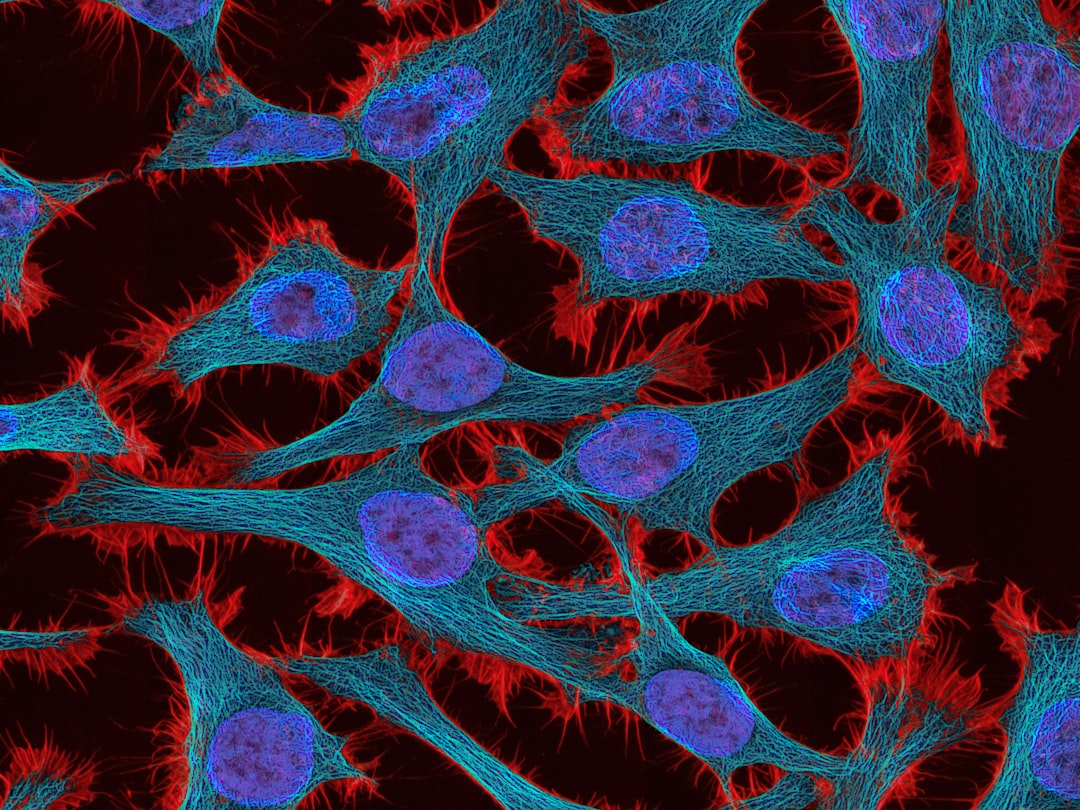What is it about?
Mild head injury (MHI) causes heterogeneous disorders. In this exploratory study, the authors attempted to gain an understanding of this heterogeneity by isolating on clinical criteria three groups of bona fide MHI patients. These were patients who presented with virtually no complaints unless prodded (a "stoic" or "low complaint," LC) group; those who were admitted with numerous complaints, who were also demanding and argumentative ("extraverted-aggressive," EA); and those who, although symptomatic, appeared to retreat under conditions of environmental stress ("introverted-withdrawn," IW). By assessing clinical, neuropsychological, electroencephalographic (EEG) and personality variables the authors were provisionally able to support their subdivision in terms of the personality profile and, to a certain extent, both neuropsychologically and by relying on the EEC alpha/theta ratio.
Featured Image
Perspectives
Batia's doctorate, on which this paper is based, enabled us to employ a number of tools, such as cluster analysis, to help understand the relationship between the symptoms of mild head injury (MHI) and both personality traits and neuropsychological assessment. A number of these standard tasks have been subsequently employed in our more recent studies looking at impulsivity.
Professor Joseph Glicksohn
Bar-Ilan University
Read the Original
This page is a summary of: PROFILES OF PATIENTS WITH A HISTORY OF MILD HEAD INJURY, International Journal of Neuroscience, January 2004, Taylor & Francis,
DOI: 10.1080/00207450490475742.
You can read the full text:
Contributors
The following have contributed to this page










